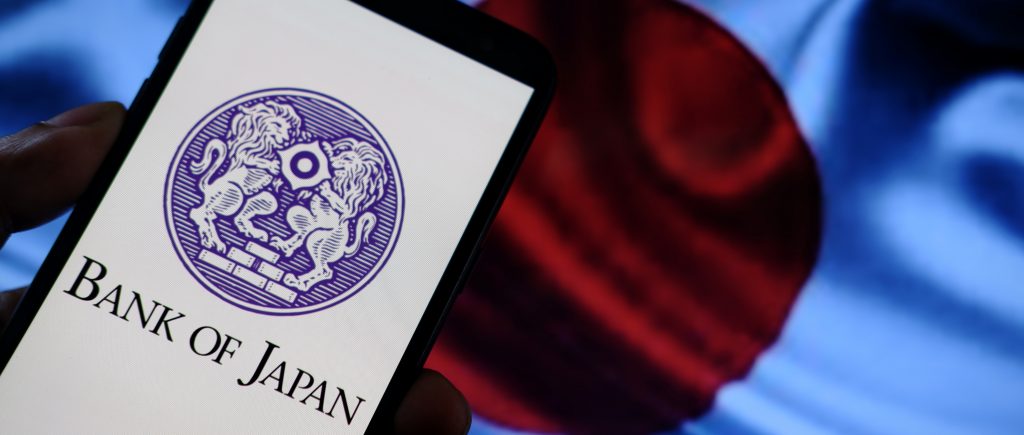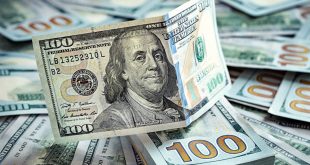The Bank of Japan (BOJ) reaffirmed its cautious yet tightening stance on Friday, as Deputy Governor Shinichi Uchida said the central bank will continue raising interest rates if economic and inflation trends develop in line with its forecasts.
Gradual Rate Hike Path Contingent on Data
Speaking before Japan’s credit unions, Uchida emphasized that monetary policy decisions will remain data-dependent, underscoring that the BOJ will “judge without any preconception” whether its economic and price forecasts materialize.
He reiterated that if growth and inflation continue as projected, the central bank will proceed with rate increases “in accordance with improvements in economic and price conditions.”
His comments echo Governor Kazuo Ueda’s statement on Thursday that the BOJ will scrutinize a wide range of data before deciding on a potential October rate hike — signaling that policymakers are maintaining flexibility amid rising global risks.
Cautious Optimism Despite Trade Uncertainty
Uchida noted that Japan’s business sentiment is improving, though he warned of high uncertainty stemming from overseas economic developments and global trade disputes — particularly as U.S. tariffs weigh on Japanese exports.
He said the BOJ would continue monitoring how these external factors affect financial markets, foreign exchange movements, and inflation dynamics in Japan.
Policy Shift from Ultra-Stimulus to Gradual Normalization
The BOJ ended its decade-long ultra-loose monetary policy last year, marking a historic shift after years of negative interest rates. In January 2025, the central bank raised its key rate to 0.5%, the first hike in over a decade, as inflation persistently exceeded its 2% target.
Although inflation has been above 2% for more than three years, policymakers — led by Ueda — remain cautious, stressing the importance of wage-led, sustainable inflation before tightening further.
Recent policy meetings have shown a gradual shift in tone: two of nine BOJ board members voted for an immediate rate hike in September, reflecting growing confidence that price pressures are becoming entrenched. That vote fueled market speculation of an October move.
Political Context Dampens Expectations
However, expectations for a near-term rate hike have moderated following the October 4 victory of Sanae Takaichi, a fiscal dove, in the ruling Liberal Democratic Party (LDP) leadership race.
Her win has introduced a more accommodative fiscal outlook, reducing immediate pressure on the BOJ to tighten aggressively.
Market Outlook
Most analysts now expect the BOJ to raise rates to 0.75% by January 2026, though they remain divided on timing.
The yen’s weakness and persistent inflation keep policy normalization on the table, but rising global trade risks — coupled with Japan’s domestic fiscal stimulus agenda — mean the central bank will likely move cautiously to avoid derailing the fragile recovery.
 Noor Trends News, Technical Analysis, Educational Tools and Recommendations
Noor Trends News, Technical Analysis, Educational Tools and Recommendations





